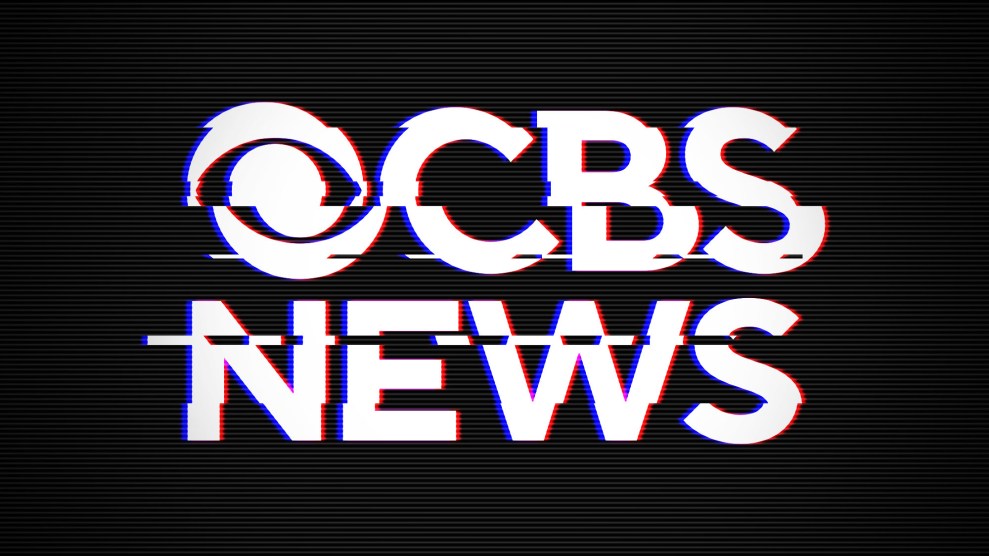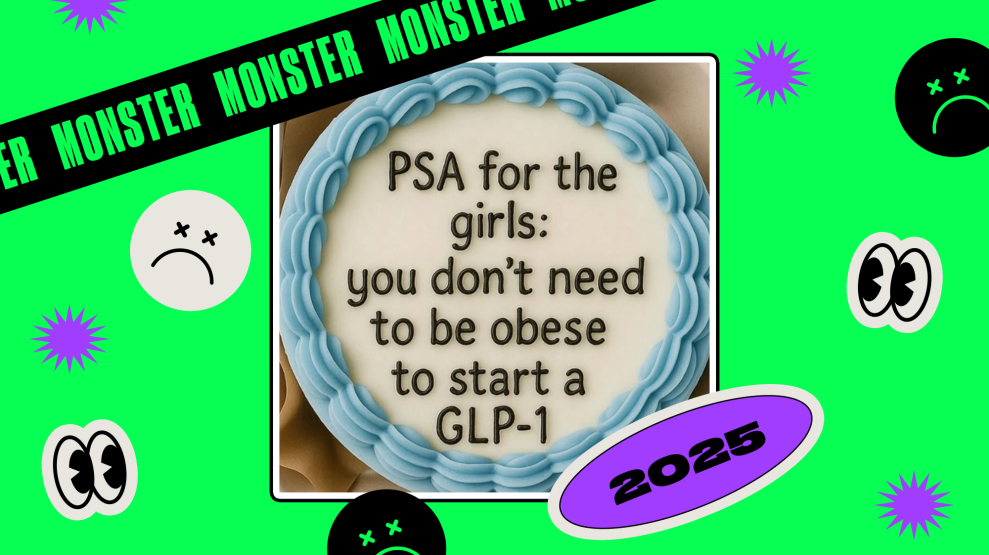
The $700 billion bailout bill that failed in the House after a dramatic Monday afternoon vote addressed many things, but not the regulatory vacuum that allowed Wall Street to get us into this mess. Wrapped in a bipartisan bow, this plan—dubbed a “rescue” package on the Hill and a “bailout” elsewhere—will neither save the economy nor permanently shore up Wall Street.
Across the media, the proposal has been described as the largest government intervention since the Great Depression, but it by no means delivers the financial stability to the banking system or the economic security to the general population that the post-Great Depression Glass-Steagall Act of 1933 did.
The plan would not change regulation, despite some vague language: “The Secretary shall review the current state of the financial markets and the regulatory system and submit a written report to the appropriate committees of Congress not later than April 30, 2009.” So Treasury Secretary Henry Paulson, or his successor, gets to ponder what should be done with the system—but can conclude that reforming it would make things worse.
Meanwhile, the cash infusion may provide a temporary respite for Wall Street—who wouldn’t want to clean house, to make room for more junk?—before the meltdown proceeds. And then what? A new administration would own the continuing failure.
In the meantime, executive compensation would be publicly clipped in time for the election, though the fine print reveals the bailout bill is merely creating “special rules for tax treatment of executive compensation,” not reducing bonus sizes. And an oversight committee established by the package—the Financial Stability Oversight Board—would be staffed by the same people who didn’t see the meltdown coming, but who will be responsible for managing Toxic Hedge Fund USA. Industry practices will remain as they are—non-transparent, risky, and under-regulated.
Perhaps, the greatest lie resides at the very top of the proposed plan: that the bailout will somehow “[assist] American families in preserving home ownership, stabilizing financial markets, and protecting taxpayers.” The only way to protect citizens is to re-regulate the industry along the lines of Glass-Steagall: divide its players and their books into understandable, less risky, more transparent entities. Unfortunately, the Fed-brokered sale of Washington Mutual to JPMorgan Chase was the latest move toward further consolidation in an increasingly opaque industry. The Democrats inserted a lukewarm provision into the bailout legislation to have the government aid in renegotiating borrowers’ mortgages to better terms, but they didn’t include any enforcement measure requiring lenders to comply.
Another big lie is that this plan would minimize “long-term costs to the taxpayers and maximizing the benefits for taxpayers.” This spin suggests that we would be making a good investment here. But the assets targeted by the TARP (Troubled Asset Relief Program) don’t have indigestion; they are terminal. The brightest hedge fund minds couldn’t spin them into gold. They are not worth buying. And making taxpayer equity participation in the banks dumping these assets part of the bailout plan is a bad idea. I’d much rather have cash in my pocket than equity in Bank of America-Merrill Lynch right now.
Plus, we still don’t know how to evaluate these assets. The only real way would have been a show-and-tell. Financial firms should have to disclose the details of their bad paper before the feds make out a check. And this should have happened before the bailout legislation was even debated. What would this entail? Each bank with assets targeted for disposal into the government dump should have to list them, including the collateral involved (loans, other packages of loans, credit derivatives, swaps) and pricing assumptions.
Such a rip-off-the-Band-Aid move would unclog credit on Wall Street and stabilize the economy more quickly. Wall Street hates uncertainty, particularly regarding counter-party and competitors’ credit-worthiness and hidden losses. Uncertainty over which finance giant might disintegrate next—that’s what’s really keeping credit tight.
Without getting too technical, these mortgage-related securities aren’t necessarily backed by real loans, or real properties, or real anything. They could be completely synthetic, comprised of credit derivatives and other complicated financial products that are not easy to quantify. The bailout plan contains a vague description of how the cost of each troubled asset should be calculated. This amounts to a computation based on changing interest rates, not liquidity or default values, which should have much more of an impact on price.
A cards-on-the-table approach is exactly what the industry would like to avoid because this exercise would prompt more questions about how Wall Street conducts business. On this score, the current bailout plan would be a win for the players that will be left standing at the end of this meltdown. For the rest of America, though, it would be a loss.
The current financial crisis—and the debate over the bailout package—provided an opportunity to shine a light under the hood of the industry, remove its engine, and reinstall a more efficient one. It’s not likely that the 130 or so House Republicans who bucked their party leaders to vote against the bill are looking for the re-regulation of Big Finance. The 90 House Democrats who also voted against the bailout are probably more sympathetic to that approach. But for the moment—despite all the harrumphing from pundits and commentators about the bailout’s crash in the House—the opportunity to get it right (or, at least, better) remains.
Photos by flickr users inti (home page) and lambdachialpha (above) used under Creative Commons licenses.
















